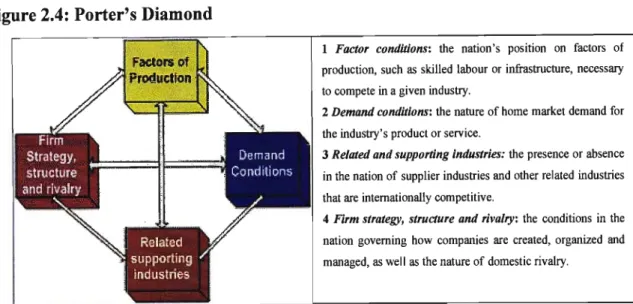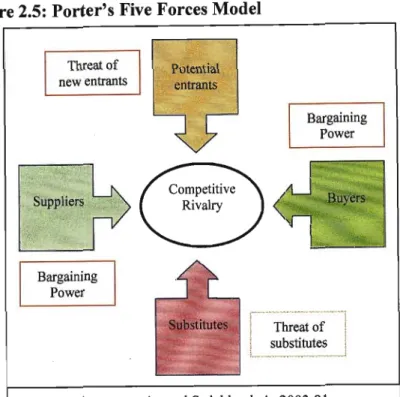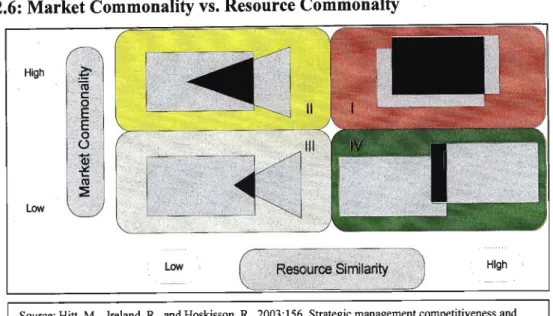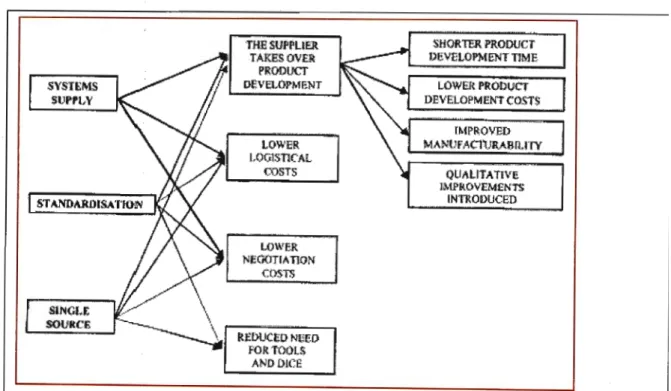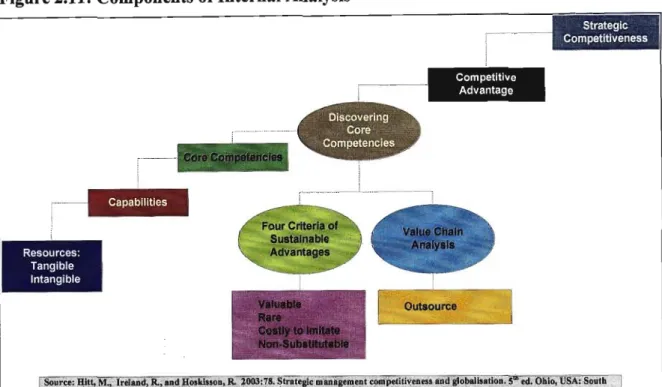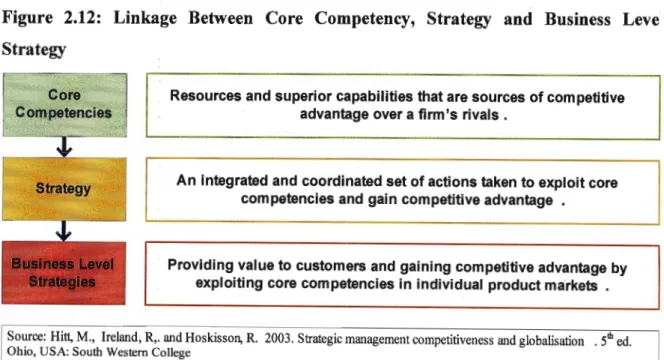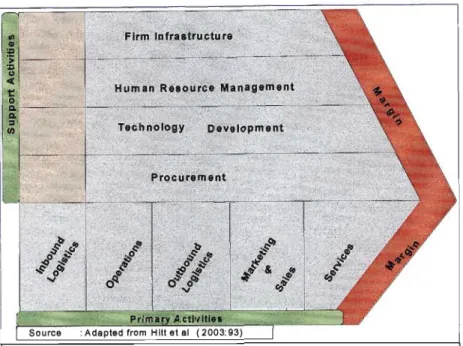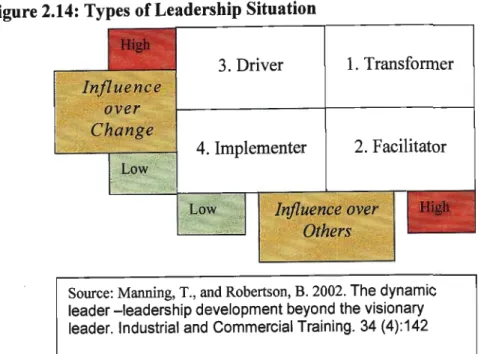Resource Community 26 Figure 2.7 Benefits of Changes in Assembler Strategy 28 Figure 2.8 Total SA Automotive Exports Figure 2.9 Internal Environment Vs.
Introduction and Background
- Introduction
- Background to the Research
- Problem Statement
- Objectives of the Study
- Research Methodology
- Case Study
- Limitations of the Research
- Budgets & Costs
- Structure of the Study
- Chapter Two - Literature Survey
- Chapter Three - Research Methodology
- Chapter Four - Background Information and Case Study
- Chapter Five - Strategy Formulation and Evaluation
- Chapter Six - Recommendations and Conclusions
- Smiths Manufacturing (Pty) Ltd
- Motivation for the Research
- Value of the Research
Available company documentation and business related documentation will be used to assist in the evaluation phase of the research. This chapter includes the presentation of the case study (of Smiths), based on the theoretical framework developed in the previous chapter.
Literature Review
Introduction
What Strategy Is
The Strategy Formation Process
The common core notion of the field of strategic management is that managers can make choices to generate sustainable competitive advantages, thereby achieving superior performance outcomes for their organizations. The traditional militaristic view of strategy that has dominated thinking in the field of strategic management, and indeed has shaped the view of strategy held by management in various high-profile companies (Rylander and Peppard.
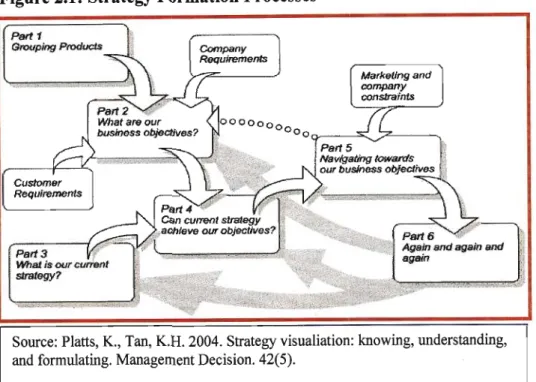
The External Environment
- The Remote Environment-Using PESTEL
- Political Environment
- Economic
- SociaL
- TechnologicaL
- Ecological
- LegaL
- External Environment Using Porter's Diamond
- Industry (Competitive) Analysis
- Competitor Analysis
- Industry Drivers of Change
- Current Industry Trends
The South African economy has been in an upward phase of the business cycle since September 1999 - the longest period of economic expansion in the country's recorded history (Refer to the table below). He argues that the direct result of the program has been a massive increase in exports of automotive components.
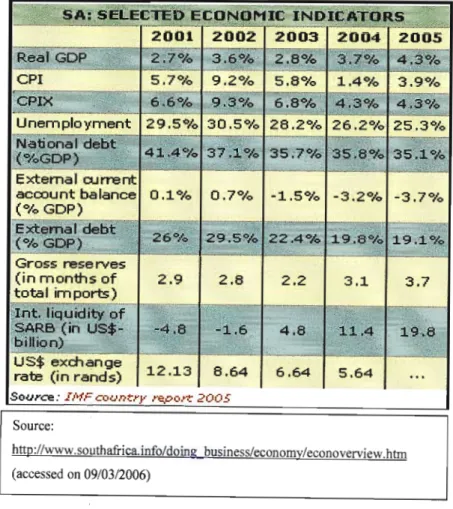
Internal Environment
- SWOT Analysis
- Firm's Resources and Core Competencies
- Value Chain Analysis
- Supply Chain Management
- Strategic Entrepreneurship
- Cultural Factors and Influences
- Societal Culture
- Organizational Culture
- Leadership
- Strategic Leadership and Organizational Change
- Benchmarking
- Scenario Planning
Those in the other leadership situations would emphasize different characteristics to be effective. Success lies in the ability to involve people in the common vision and beliefs of the organization.
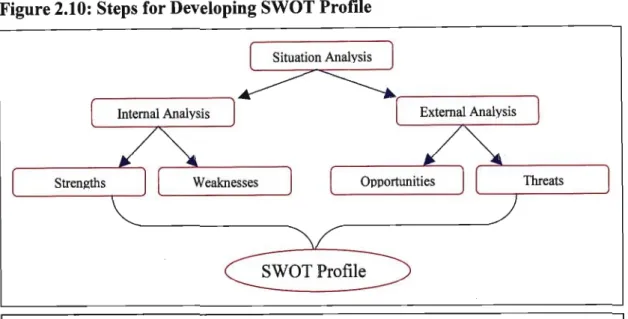
Globalisation of Automotive Industry
Firms are also able to capitalize on the differences in production costs between nations by locating their production facilities in the low-cost markets (Veloso and Kumar, 2002:41). They add that the main purpose of this strategy was to create economies of scale for the system suppliers. These areas are also the largest markets with sales figures in the same year of 19.9 million respectively. (European Foundation for the Improvement of Living and Working Conditions, 2004:2).
Major Trends and Drivers in the Automotive Industry
However, the crux of the problem is that the product customization concept affects the cost efficiency as the volume per each product. Doran notes that within the automotive sector, the most visible example of the trend toward modularization is the "Smart" automotive collaboration between Mercedes-Benz and watchmakers Swatch. Short delivery time then becomes an important criterion which in turn requires suppliers to be located close to the customers' assembly plants (Millington et al., 1998).
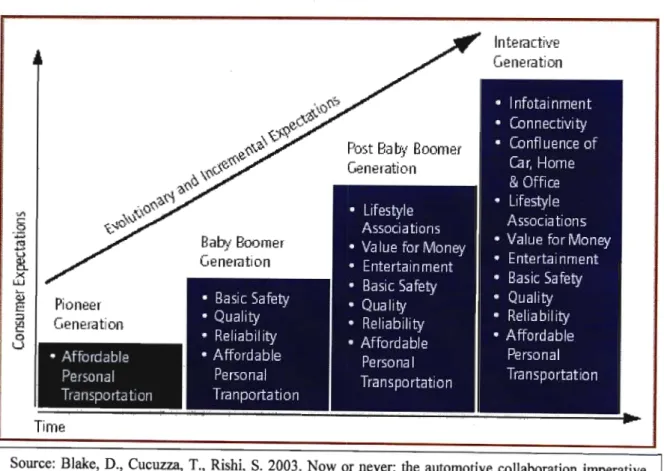
Consolidation and Collaboration Within the Automobile Industry
The counter-arguments are that in the case of the automotive industry, cooperation between firms does not mean symmetrical power relations, since cooperation in the supplier network is often not based on trust, but on a coercive strategy for cost reduction (Vale, 2004:4). . The consensus seems to be that mass customization has long been the strength of the automotive industry, but build-to-order enables a supply chain more responsive to everyday market behavior and mass customization. The internationalization of the market means that producers have to guard against the lack of market growth as the bad effect passes very quickly from one market to another.
The South African Automotive Sector
The consensus in the market is that the automotive sector was overprotected and an inefficient sector. The SA government also appears to be playing an active role in the automotive sector through the establishment of automotive supplier parks (ASPs) near local giant car manufacturers such as BMW and Nissan (Milazi, 2004). New car sales in South Africa have reached all-time highs, boosted by a new black middle class that once existed under apartheid and now plays an increasingly important role in the economy (Internet 18).
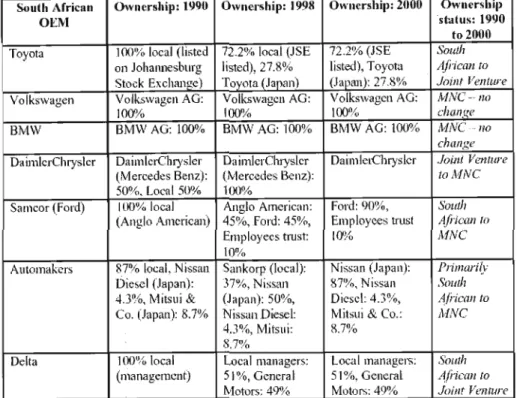
The South African Automotive Component Sector
Barnes (2000:17) argues that although the South African automotive component manufacturers still receive lower ratings than their international counterparts in terms of all the key performance requirements examined, the gaps are not overwhelming. He also notes that the significant difference is rather related to new product development capacity where the international suppliers are seen to have a large - and growing - advantage over their South African counterparts. The South African based OEMs have critically viewed the trajectory of the automotive component industry as unfathomable, and is likely to intensify over the next few years, especially as new vehicle models are released into the local market (Barnes (2000:20).
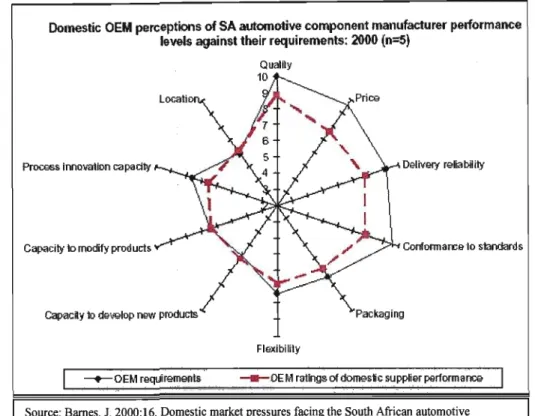
The Outlook for the SA's Automotive and Component Industry
According to a report by the Automotive Components Association, Naacam, cited by Fraser (2003), the Australian market for South African automotive component exporters could be worth several billion rands. Barnes (2000:33) illustrates in Figure 2.20 the ranking of performance measures according to the importance ratings given by customers in different market categories. VWSA invested R240 million in the project, which could be expanded to produce gasoline engines for China (Furlonger, 2004).
Strategic Analysis & Evaluation
Both profitability (return on assets) and sales growth are commonly used because they are widely accepted in the current literature. Appropriateness is a broad assessment of whether the strategy addresses the circumstances in which the organization is operating, i.e. acceptability concerns the expected performance outcomes such as risk or return if the strategy were to be implemented, and the extent to which these would be consistent with stakeholders' expectations.
Strategic Options
Therefore, it is imperative that the companies understand the influences of the environment to ensure that appropriate strategies are tailored in a timely manner. As shown in Figure 2.21 below, each of the five generic strategies involves different approaches to competition and business operations. A life cycle assessment assesses whether a strategy is likely to be appropriate given the stage of the product life cycle (PLC) it is in (Fleisher and Bensoussan.
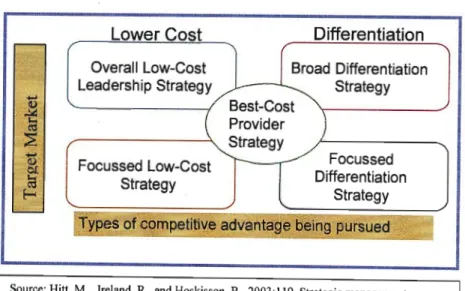
Strategy Implementation
Model of Strategy
Conclusion
This chapter has illustrated, discussed and critiqued the models and techniques to be applied specifically to Smiths Manufacturing Pty Ltd (hereafter Smiths) in chapter four to formulate the necessary strategies within dynamic environments.
Research Methodology
- Introduction
- Research Methodology and Data Collection
- Sampling
- Research Fieldwork
- Validity of Data
The second phase of the research is to conduct interviews with key management persons to assess and evaluate the company strategy. Available company documentation such as financial records as well as other supporting business related documentation will be used to assist in the evaluation phase of the research. Voss et al note that case research has consistently been one of the most powerful research methods in operations management, particularly in the development of new theory.
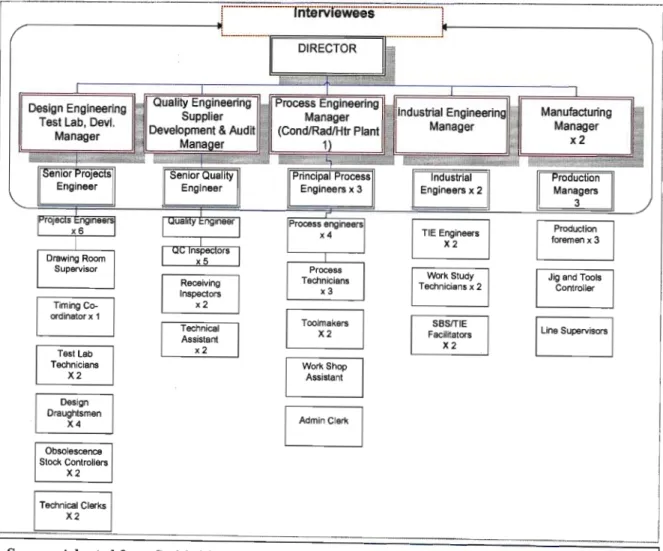
Case Study of Smiths •••.•
Background-Smiths Manufacturing Pty Ltd
- Smiths' Purpose (as per the company's corporate profile)
- Management
- Introduction of Small Business Units (SBU)
- Encapsulating Smiths' Business Model
- Market Segment
- Benchmarking Report on Smiths
- Financial Performance
- Operational Competitiveness
- Cost of Sales
- Employee / Human Resource Development
Of the remaining comparators, Firm CE (competitor of the international firm based in Central Europe) has the lowest average rate of management turnover, while the heat transfer sub-sector also performs well ahead of the club average (Barnes and Degahye, 2005). :87). According to Lakhan (2006), most of Smiths products are manufactured under license or supply agreements with suppliers to South African parent companies. They add that the nature of the business is such that the firm is dependent on important.
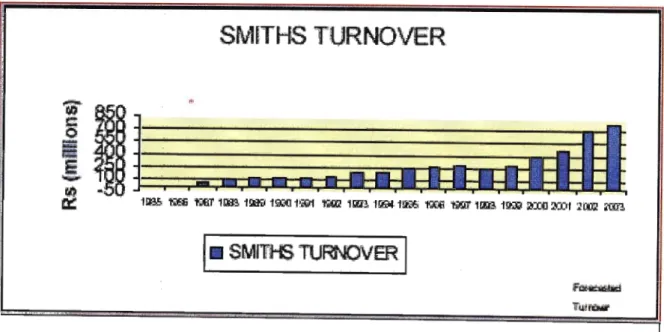
Conclusion
Introduction
Strategy Analysis
- PESTEL Model Analysis
- Analysis Using Porter's Diamond
- Porter's Five Forces Evaluation
- Competitive Landscape and Competitor Analysis
- Trends and Transformations in the Business Environment
- Critical Success Factors in this Environment. .................... l 04
- Tangible Assets
- Intangible Resources ..... ................................. 1 06
- SWOT Analysis ...................................................... l 08
- Strategic Corporate Entrepreneurship
- Cultural Factors
- Strategic Leadership and Organizational Change
- Scenario Planning
- Change Management
Figure 5.1 below shows graphically the comparative costs of electricity in other parts of the world. Naamsa claims that in 2004, South Africa was one of the most successful international markets (Internet 32). The trends described in the previous paragraphs determine most of the development of the automotive industry.
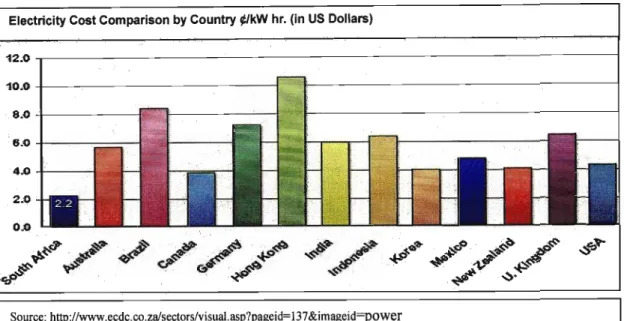
Porter's Generic Strategy
Mastering change management strategies is more important today as the rate of change is greater than at any time in history. The risk of failure is greater than ever and the tension within the workforce is high and requires constant attention. Porter's generic strategies are a widely accepted set of options that any organization can use to achieve success and longevity.
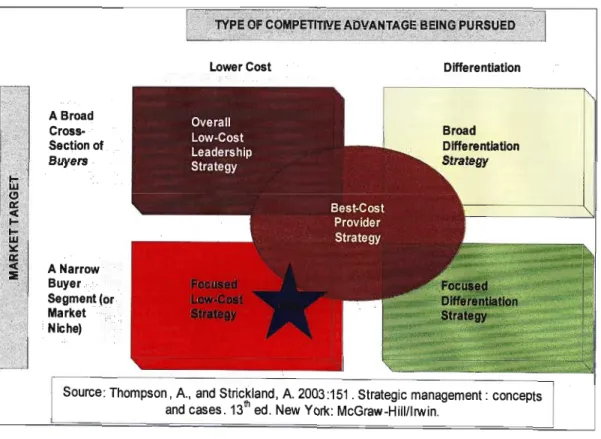
Grand Strategy Selection
Therefore, the above suggests that Smiths falls in the bottom half of the grand strategy selection matrix. Unlike the above grand strategy selection matrix, the grand strategy cluster model takes a slightly different approach. Smiths has a strong competitive position, but in a somewhat mature market with a good potential of rapid market growth with the necessary focus on the appropriate strategies.
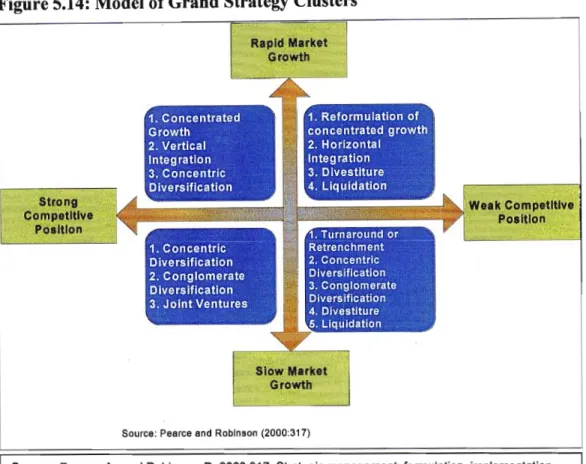
Gap Analysis
It has been said that the organization's intellectual capital should be considered its greatest asset. Barnes Changing Lanes: The Political Economy of the South African Automotive Value Chain." Development Southern Africa, Vol. Reflections on Changes in the Automobile Industry", Transactions of the Institute of British Geography, Vol.
Conclusion of Strategic Analysis and Choices
Recommendations and Conclusions
Introduction
The conclusion of this chapter saw the development of the strategic model to be used during analysis and evaluation in the following chapters. Chapter five highlighted the application of the literature search to the case study, which enabled the development of the various strategic options. The analysis established Smiths' current position and the discussions highlighted its strengths and weaknesses in the context of the current situation within the car manufacturers' realms domestically and in the global arena.
Discussions of Research Objectives
Areas of cost quality and speed have proven to be key aspects to compete in the local as well as the global arena. Opportunities such as AGOA and other trade agreements should be used as a platform for firms such as Smiths to further explore the export markets. The inherent threats such as political instability and crime seem to be hampering the progress.
Summary of Preceding Discussions
Although automotive component manufacturers such as Smiths generally tend to overestimate their own performance relative to customer requirements and fail to meet their customers' key performance criteria, they appear to be acutely aware of the critical success factors in the automotive market and the importance are placed on various factors by their customers. The MIDP is said to have been very successful in increasing production (components and built vehicles) in the local automotive industry. Due to the duty credits earned by the Import Export Complementation program in the MIDP, the local OEMs have the opportunity to import parts from foreign manufacturers duty-free.
Further Limitations Experienced
Some of the managers interviewed expressly stated that they were under a sworn oath and under a signed confidentiality agreement in the organization that prevented them from disclosing certain information. Some of the key personnel could not even be approached for interviews (eg Dr. Toyoda, who is the vice president of Toyota Motor Corporation who visited Smiths, had bodyguards around him, thus preventing any persons from approaching him). The research could not delve in depth to ascertain the nature of the specific license agreements due to their high nature of sensitivity.
Recommendations for Smiths
Focus for Smiths must be on the ongoing recognition of the need to create more responsive, customer-oriented, competitive organization, which can be achieved through significant changes to the organizational structure that foster more decision-making powers at the lower hierarchical nodes. However, while restructuring the business takes place, people's attitudes, beliefs and values also need to be changed and constantly goal (re)aligned. The majority of older staff seem to cling stubbornly to the conservative, engineering mentality of the past which is changing, but too slowly.
Suggestions for Future Study
With these factors, Smiths must also recognize the value of staying abreast of regulatory issues in the automotive industry. With this as a background, the study should focus on how e-commerce, the Internet and Electronic Data Interchange (EDI) should be utilized between Smiths and its customers and suppliers to effectively manage all business transactions. In approaching this study, value chain improvements need to be examined in great detail.
Conclusion
Arnheiter, E.D., en Harren, H A Tipology to Unleash the Potential of Modularity." Journal of Manufacturing Technology Management, Vol. Rubesch, E., en Banomyong, R Selecting Suppliers in the Automotive Industry: Comparing International Logistics Costs." Asia Pacific Journal of Marketing and Logistics, Vol. Voss, C., Tsikriktsis, N., en Frohlich, M Case Research in Operations Management.", International Journal of Operations and Production Management, Vol.
Smiths History and Growth
Smiths' Divisional Company Chart
Interview Schedule
